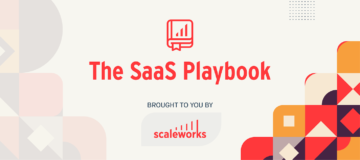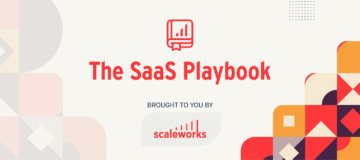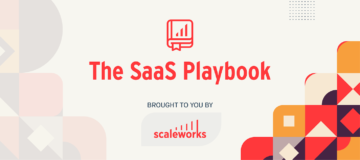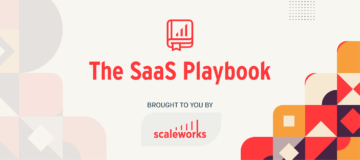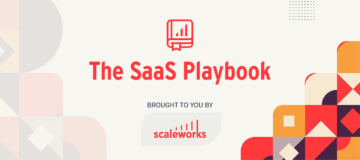Welcome back to The SaaS Playbook, a weekly rundown of the top articles, tactics, and thought leadership in B2B SaaS. Not a subscriber yet?
⌛ You’d think leadership with equity in a business would want as short of a vesting period as possible (4 years is standard), but some founders are taking a contrarian stance by voluntarily signing up for 8 year periods. Why? Well, you could argue that shorter vesting schedules harm a founder’s interest. Given that startups generally take roughly 8 years to exit (see below), a vesting period which fits that schedule would do a better job of keeping everyone aligned. Many of the folks pushing this idea are second time entrepreneurs jaded by previous founder fallout, so don’t shoot the messenger!
✅ Let’s talk about the 40% rule, and before you stop us, we don’t mean the profitability vs. growth ratio rule you are probably thinking of. This one is around gauging PMF (product market fit), and is tested by asking users how they would feel if they could no longer use your product. If 40% or more of customers would be very disappointed, your value proposition checks the box. The linked read covers some other interesting ways of gauging fit and includes a concise 5 step model aimed at helping you find it. Quote of the piece: “life is too short to build something nobody wants”.
🎏 One of the few positives of COVID was that more people got restless enough to go out and run. This provided some gustry tailwinds for run tracking app Strava, growing the app 2m users/month and leading them to a 1.5b valuation in late 2020. Of course that success wasn’t built overnight, their mobile growth strategy put them in position to capitalize when the world turned upside down. There some are valuable lessons for B2B folks in how they tested new app monetization strategies, namely, if changes anger your existing paid users, be ready to pull the cord quickly.
💓 Tracking SaaS metrics without knowing how to communicate the story they tell is what we like to call measurement without meaning. This read from Kimchi Hill offers a storytelling framework that starts with questions that will help shape the story around your business, and then offers a list associated metrics for you to track which will answer them. As you can tell, we are big on storytelling, but there are plenty of other popular frameworks like HEART and AARRR that focus less on narrative while providing structure to your metric tracking. Skip right to the bottom of that one unless you want a general metrics overview first.
🧘 If you ever find the work to do list pilling up and are looking for ways to rein things in, we highly suggest Cal Newport’s Deep Work. The truth is distractions are inevitable, so training your mind to ignore distractions as opposed to cutting them off at the source is a more realistic approach to improving your focus. The book shares 4 rules for shifting your mind and habits to support that skill, most of which rely on creating routines and rituals that provide structure to your work environment. Training your focus is like training for any sport – it takes practice – so trusting the process is as important as anything else.
Source: https://thesaasplaybook.substack.com/p/-stravas-growth-strategy-storytelling
- 2020
- Amazon
- anger
- app
- around
- articles
- B2B
- Box
- build
- business
- call
- Checks
- Covid
- Creating
- Customers
- entrepreneurs
- Environment
- equity
- Exit
- fallout
- First
- fit
- Focus
- founder
- founders
- Framework
- General
- good
- Growing
- Growth
- How
- How To
- HTTPS
- idea
- IT
- Job
- keeping
- Leadership
- leading
- List
- Market
- Metrics
- Mobile
- model
- namely
- Offers
- Other
- People
- Plenty
- Product
- profitability
- rules
- Run
- SaaS
- Shares
- Short
- So
- Sport
- Startups
- storytelling
- Strategy
- success
- support
- tactics
- The Source
- Thinking
- thought leadership
- time
- top
- track
- Tracking
- Tracking App
- Training
- us
- users
- Valuation
- value
- weekly
- Work
- world
- year
- years







